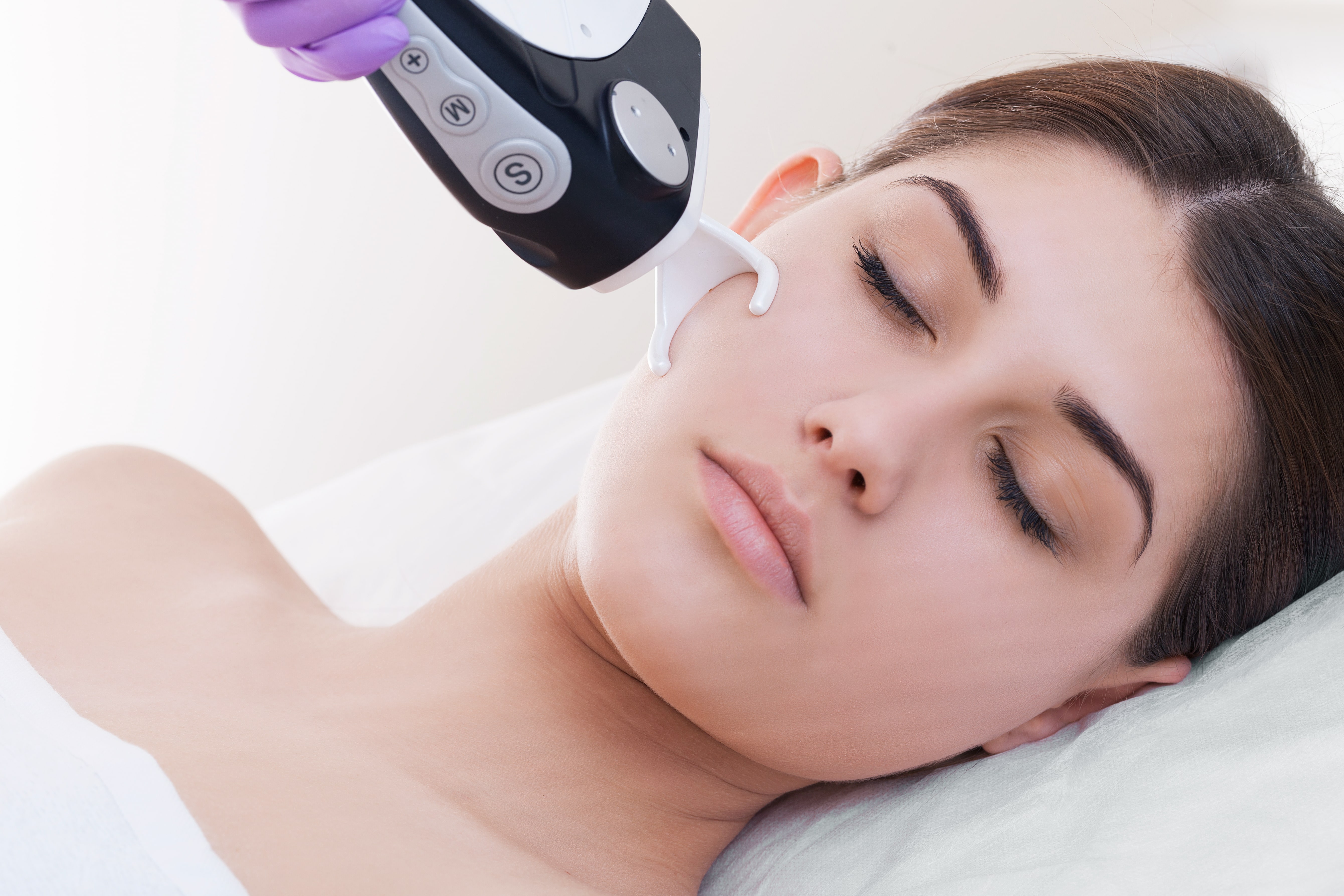ClearLift vs. Traditional Skin Resurfacing: Which One Is Right for You?

Improving skin texture, tone, and firmness is a common goal for individuals seeking a youthful appearance. With advances in cosmetic technology, there are multiple options available for skin rejuvenation. ClearLift and traditional skin resurfacing are two popular treatments that can deliver noticeable results, but understanding the differences between them is key to choosing the right approach for your skin.
What is ClearLift?
ClearLift is a non-ablative laser treatment that targets deep layers of the skin without affecting the surface. It stimulates collagen and elastin production to tighten, lift, and smooth the skin, improving overall texture and firmness.
Unlike traditional resurfacing methods, ClearLift does not involve removing or damaging the outer layer of skin. This means there is no downtime, minimal discomfort, and the results appear gradually and naturally over time. ClearLift is suitable for all skin types and can be used on the face, neck, and other areas showing signs of aging or sun damage.
What is Traditional Skin Resurfacing?
Traditional skin resurfacing, such as ablative laser treatments or chemical peels, works by removing the outer layers of skin to reveal fresher, healthier skin beneath. These treatments are effective for addressing deep wrinkles, scars, pigmentation issues, and significant sun damage.
While traditional resurfacing can provide dramatic results, it is more invasive and typically requires a longer recovery period. Patients may experience redness, swelling, peeling, or sensitivity for several days to weeks depending on the depth and intensity of the treatment.
Comparing Benefits
Both ClearLift and traditional skin resurfacing offer unique benefits depending on patient goals:
- ClearLift: Provides a non-invasive approach with no downtime, gradually stimulates collagen, and is safe for all skin types. It is ideal for those looking to tighten, lift, and rejuvenate skin without interrupting their daily routine.
- Traditional Resurfacing: Delivers more immediate and dramatic results, especially for deep wrinkles, scars, and extensive sun damage. It requires longer recovery but can significantly improve skin appearance in fewer sessions.
Ideal Candidates
ClearLift is suitable for individuals seeking gentle, gradual improvements in skin tone, texture, and firmness without invasive procedures. It is particularly appealing for busy individuals or those with sensitive skin who want natural-looking results.
Traditional resurfacing is best suited for patients with more pronounced skin concerns, including deep wrinkles, acne scars, and extensive pigmentation issues. Those who can accommodate recovery time and want faster, more noticeable changes may prefer this approach.
Treatment Experience
During a ClearLift session, patients may feel a mild warming or tingling sensation as the laser targets deeper skin layers. Treatments are quick, often completed in under an hour, and require no downtime. Multiple sessions are recommended for optimal results.
Traditional resurfacing involves more intensive treatment and may require topical anesthesia or numbing. Recovery involves managing redness, peeling, and sensitivity, and post-treatment care is essential to ensure proper healing and prevent complications.
Making the Right Choice
Choosing between ClearLift and traditional skin resurfacing depends on your skin type, concerns, lifestyle, and desired results. A professional consultation can help evaluate your goals, assess your skin, and recommend the treatment plan that delivers the best balance of safety, convenience, and effectiveness.
Revitalize Your Skin
If you are considering non-invasive or traditional skin rejuvenation, ClearLift in Edson, Alberta offers a safe and effective option for lifting, tightening, and improving skin health. At Laser Edge Aesthetics, our experienced team provides personalized treatments designed to meet your unique needs and help you achieve a youthful, radiant appearance. Schedule a consultation today to discover the best solution for your skin.
Read More Blogs!
Stay updated with the latest blog posts and engage with our community.


.jpeg)
